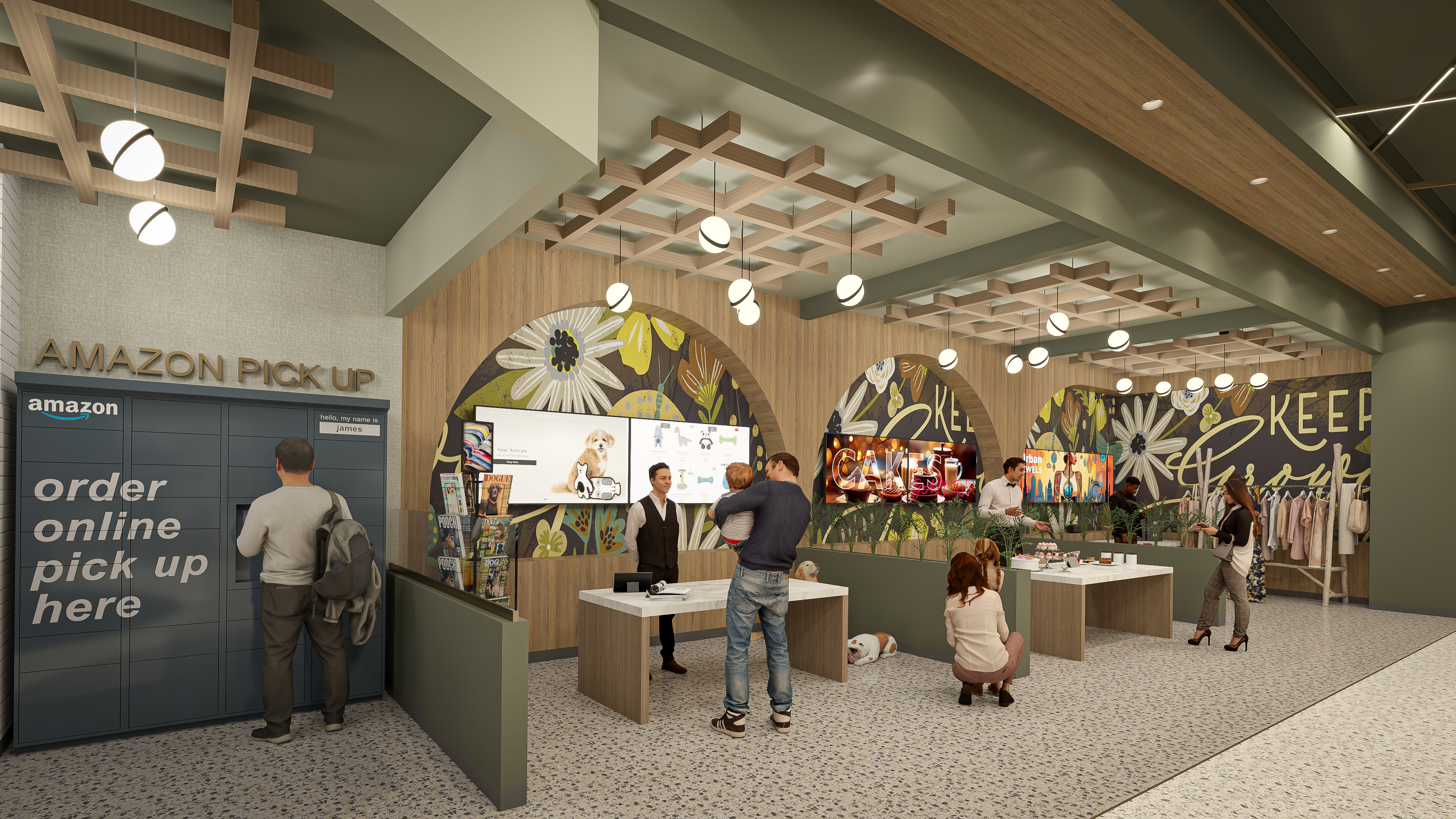
Learn from others' mistakes. It's the best advice any retail-based business could listen to right now. As consumer's needs and expectations grow, its time to innovate or get left behind like these companies.
More than 9,300 stores are closing in 2019/2020 as the retail apocalypse drags on.
1. Payless
Chances are, you've been in or at least near one of these stores. They are surprisingly, everywhere. or at least they were everywhere. In the 1970's, Payless earned $75 million in sales annually. Now, after years of competing with Amazon, Target, and Wal-Mart, the retailer is shutting down their U.S. stores.
How could a once very successful company fall so far from the top. The answer? Lack of innovation.
Amazon and Wal-mart offered competitive pricing, convenience, and a unrivaled amount of variety. Target changed the game for retailers and created such an desirable space with curated products, that kids throw birthday parties at the retail locations. And Millennials are jealous of the parties! Strange but true.
What you can learn from the decline of Payless:
Know that your financial institution exists to serve consumers and always ask yourself two questions:
- What do they want from their in-branch and out-of-branch experience?
- What can you offer to make their experience more convenient, add value, and make it enjoyable?
Then implement them. Implement mobile technology, assisted self-service, and open-plan branches—whatever it is you find your market craves.
2. Blockbuster
Remember piling your family into a minivan and driving to Blockbuster (or worse, Hollywood Video) to rent a movie only to find out the movie’s been completely checked out? Remember thinking to yourself, if only we could just stay home and rent this movie? That disappointment in service plus that kind of thinking is how the future was created.
People thought it, Blockbuster ignored it. But, Netflix didn’t. Which one is not only still in business but incredibly profitable? Exactly.
Blockbuster, like Yahoo!, was another company stuck in its ways and refused to adapt. In 2000, they had an opportunity to purchase Netflix for $50 million. They passed.
How you can avoid Blockbuster’s fate:
Adapt to people. You bank at your financial institution. So, what would make your experience better? Better connecting your products and services to consumer needs? Better online service? Self-service kiosks at branches? Not having to wait in line for teller services? Touch screens to learn about products that could improve your life financially? These are things people are looking for. This is your opportunity to be Netflix.
Transaction-focused tellers, limited ATM services, brochure tables no one bothers to look at anymore, and static banners are examples of Blockbuster-style branches. Not only do consumers not want these things anymore, but they’re costing you more money than the alternative. Do the opposite.
3. Borders Books
Last, least, or maybe just tied for worst, is Borders Books. When Amazon, Apple, and even Barnes & Noble offered digital versions of books for people to not only read but have easier and faster access to, Borders did the unthinkable: they focused on music sales. As in, physical CDs.
Are you shaking your head right now? That’s exactly the correct response. The worst part, as a TIME Magazine article highlighted, they did this while the iPod was already on the market!
Yes, while other companies, and more importantly CONSUMERS, moved towards digital books AND music, Borders went the way of failed entertainment retailer The Warehouse. Remember them? It’s ok if you don’t.
A lesson learned from Borders Books for FIs:
Don’t expect to succeed by going backwards. This entire blog is about moving forward, adapting, innovating, and growing alongside today’s and tomorrow’s banking consumer. Borders not only lost touch with the market, but they lost touch with their consumers too.
Bottom line, if it’s new and it benefits your consumers, invest in it.
4 . Blackberry
Alright, so this isn't a retail-based business exactly, but hear us out. There is still a lesson to be learned from the missteps of Blackberry. Remember in early 2007 when you had to have a “Crackberry” in order to keep up? How important it was to text, search the internet, and check email? Remember how painful it was to operate but so cool that you could do those things on a phone in the first place?
Do you remember what happened less than seven months later? The iPhone.
According to a book chronicling the rise and fall of Blackberry, founder and vice-chairman of Blackberry Mike Lazaridis’s response to the iPhone launch was, “how did they do that?”
Blackberry’s lack of awareness and blindness by past success is why they didn’t see the smartphone coming and why they only share 0.3% of the current smartphone market according to IDC.
The big takeaway for you:
Never find yourself saying “how did they do that?” Be the first to have branches designed to move consumers into loyal fans. Be the first to have tablet-equipped bankers.
Stay current on banking technology and design trends. Envision your branches of the future and allocate funds from your budget to make them a reality.
You have to innovate to succeed.
DBSI is leading the way in successful banking innovation and branch transformation. No branch left behind! Like I said, your service is far too important to fail. People need you!
But realize this, they will leave you for branches and financial institutions that have adapted to their lifestyle, their technological and service expectations, and their desire for convenience. We’ll help you avoid this fate and build lasting brand loyalty.














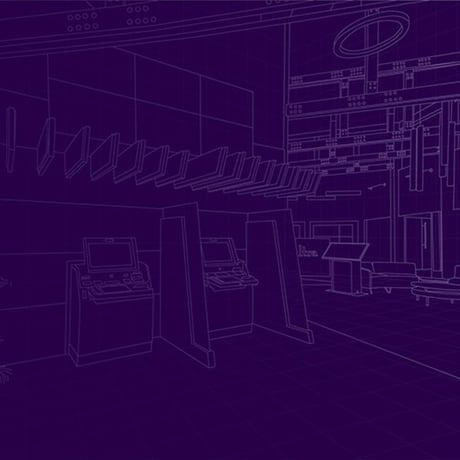


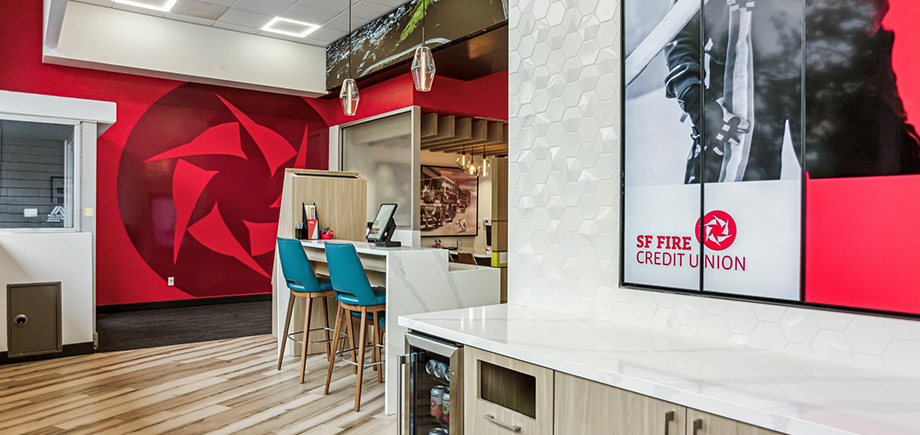






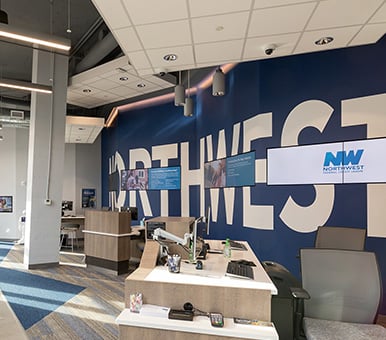








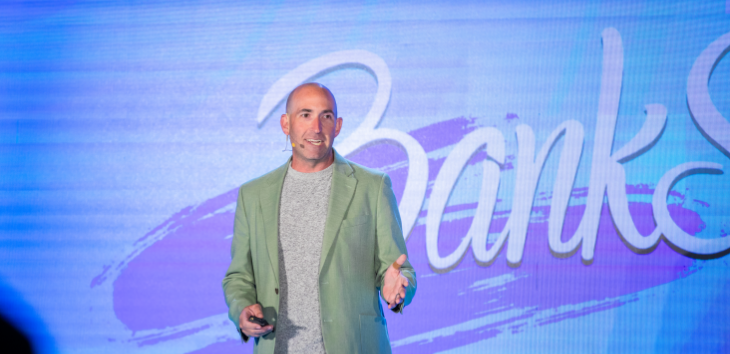

 Emily Sweillam
Emily Sweillam
-4.png)

